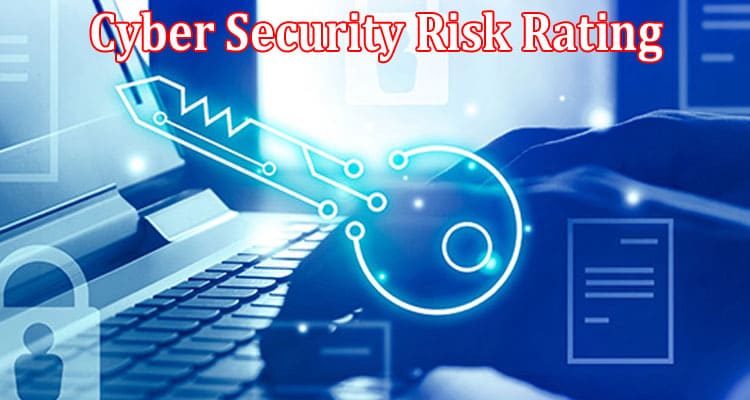Assessing Your Cyber Security Risk Rating: What You Should Know
In the modern, digital-driven world, an invisible war wages daily. The combatants? Hackers, viruses, and other malicious entities are against the fortresses of digital data. A potent weapon in this war is understanding your cyber security risk rating. This metric, often underappreciated, can make the difference between falling prey to a devastating cyber attack or repelling it effectively.
1. The Essence of a Cyber Security Risk Rating
At its core, an online security risk rating measures the potential threats and vulnerabilities an organization might face in the cyber landscape. Imagine it as a weather forecast, warning you about the stormy days ahead in the digital realm, allowing you to take precautionary measures.
The rating is usually provided by third-party vendors and is based on various factors, such as the company’s overall security posture, the presence of any known vulnerabilities, and the level of threats faced..
2. Factors that Influence Your Cyber Security Risk Rating
Just like a cake’s taste is determined by the ingredients used and how they’re mixed, several factors blend to determine your online security risk rating. They include the size of your digital footprint, the nature of your data, the industry you belong to, and your current security measures.
For instance, your risk rating might be higher if your organization deals with sensitive customer data and operates in a high-risk industry like finance or healthcare. The broader your digital footprint, the more potential entry points there are for cybercriminals, which can also raise your risk rating.
3. Understanding the Significance of a High or Low-Risk Rating
A high online security risk rating is not just a number; it can be a red flag signalling the need for immediate action. It’s like a lighthouse warning a ship about the rocky shore ahead. A high rating suggests that your current security measures might not be strong enough to thwart potential cyber threats. As RiskXchange explains, “RiskXchange Security Risk Rating represents the measure of security risk across your whole digital ecosystem.” On the other hand, a low-risk rating is like a calm sea for the ship, indicative of a smoother journey ahead.
4. How to Improve Your online security risk rating
Enhancing your online security risk rating isn’t a one-time task; it’s a continuous journey that requires regular effort and investment. It’s like maintaining a garden; consistent care and attention result in flourishing plants.
Regular updates to software and hardware, training staff about potential threats and appropriate responses, and implementing strong password policies can help improve your risk rating. Employing advanced security measures, such as firewalls, antivirus software, and intrusion detection systems, can also strengthen your digital fortress.
5. The Role of Cyber Security Risk Ratings in the Business World
Your online security risk rating can affect your relationships with stakeholders in the business world. Like a credit rating impacts a person’s borrowing capabilities, a high-risk rating could deter potential partners or clients. Conversely, a low rating could enhance your reputation, showing that you take data security seriously and have robust measures in place.
Understanding and managing your online security risk rating is critical for any modern organization. It’s about transforming the invisible war of the digital realm into a visible and manageable challenge. A well-managed risk rating fortifies your defence against cyber threats and enhances your standing in the business world.




